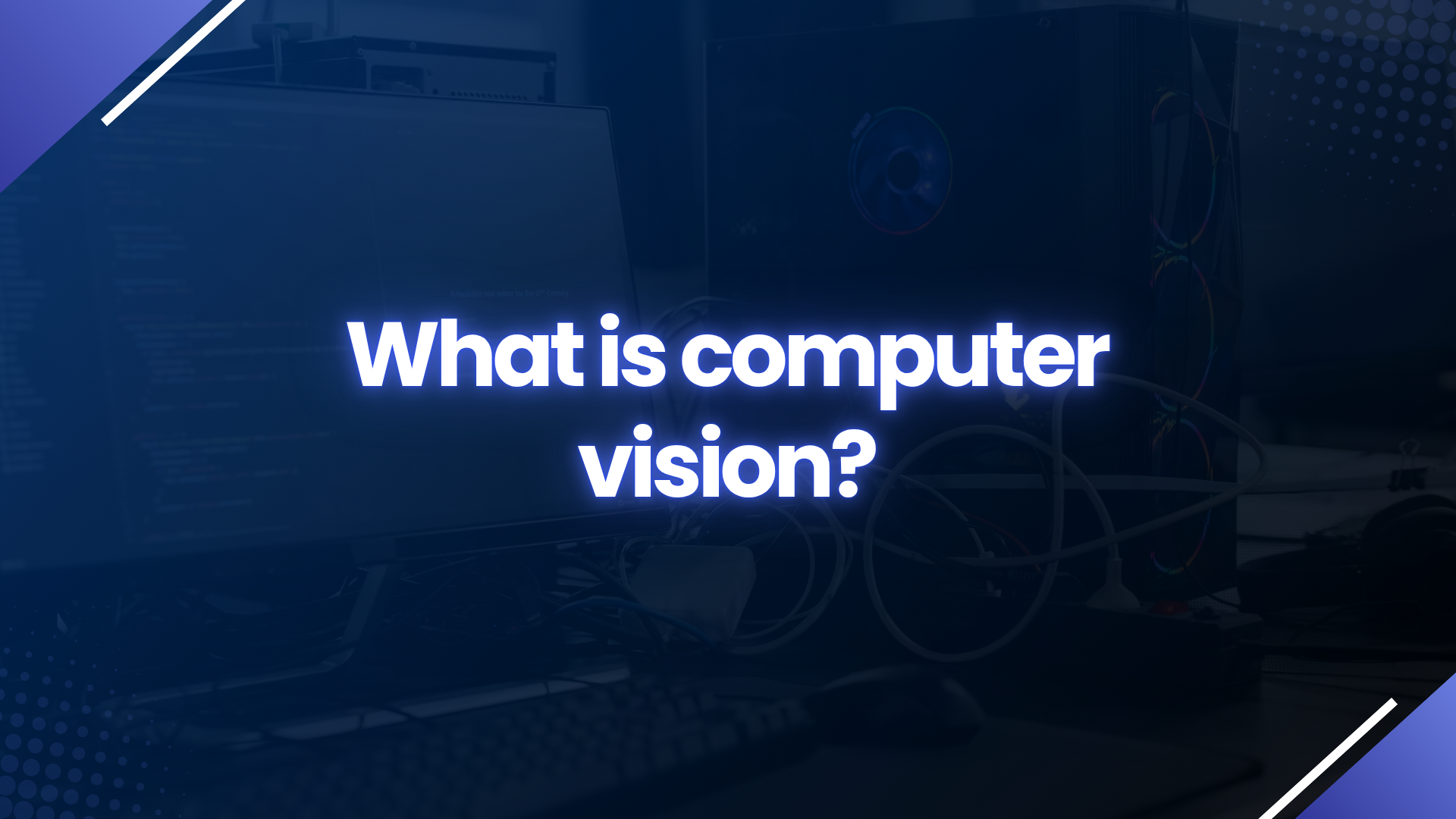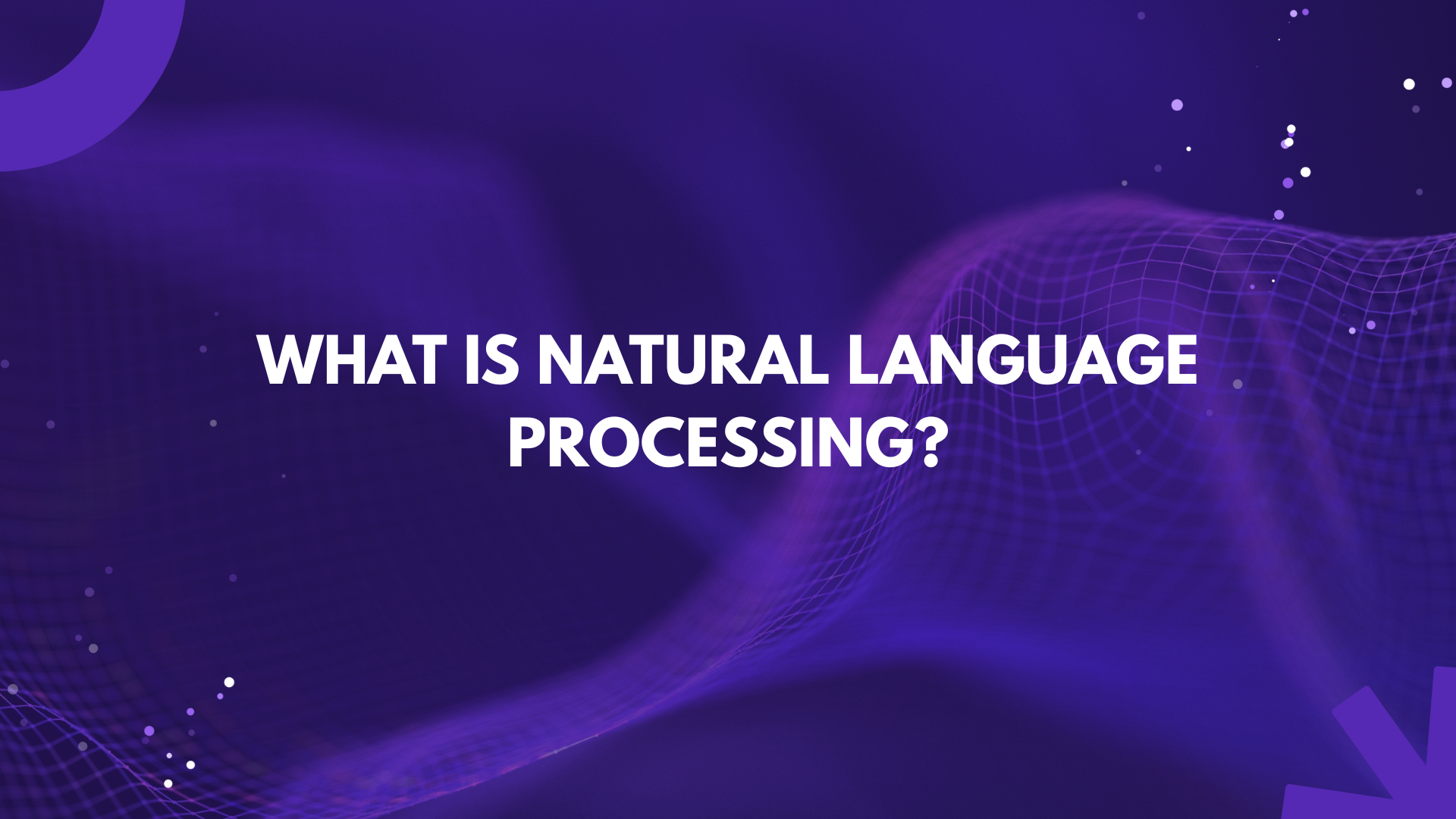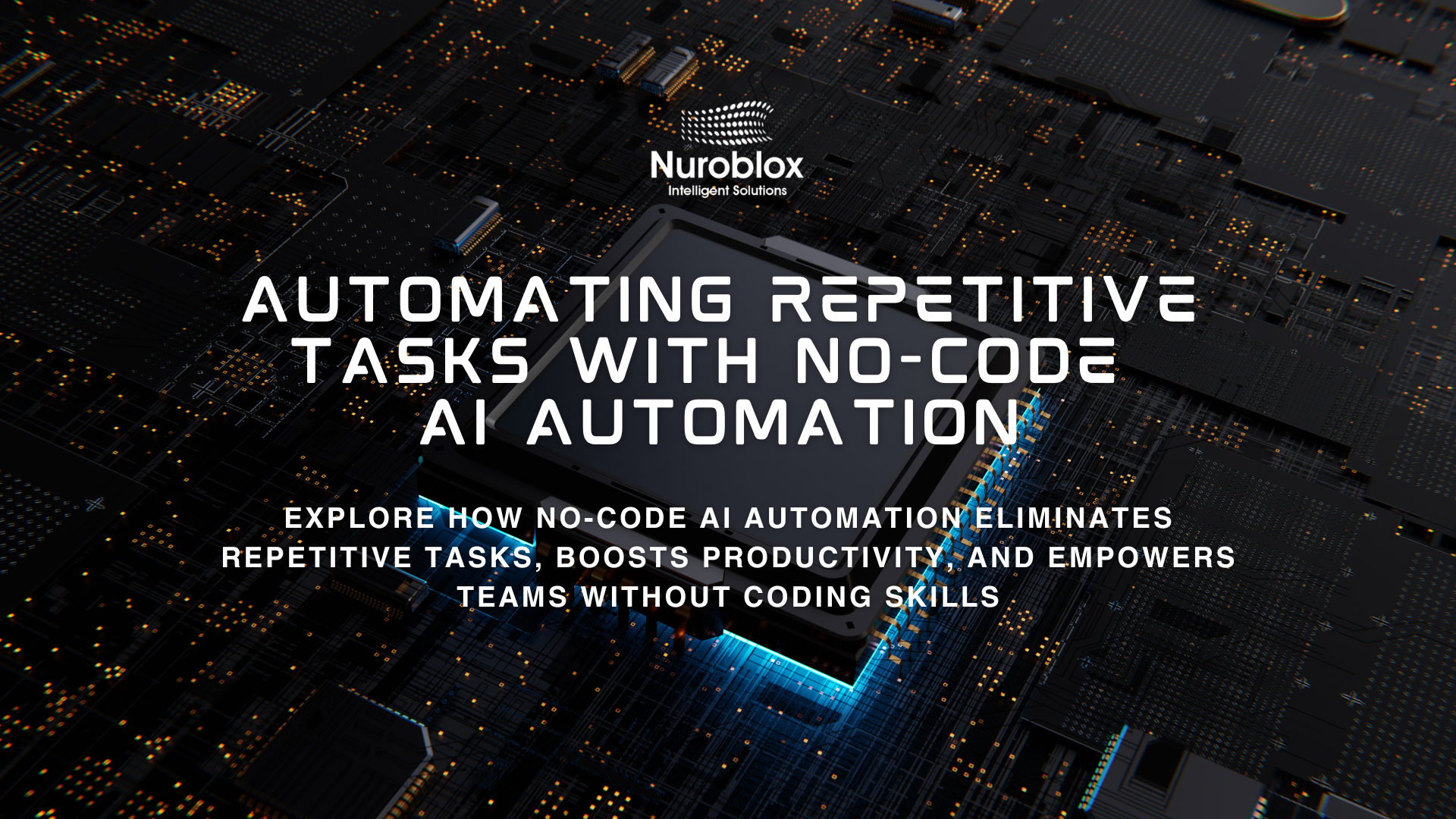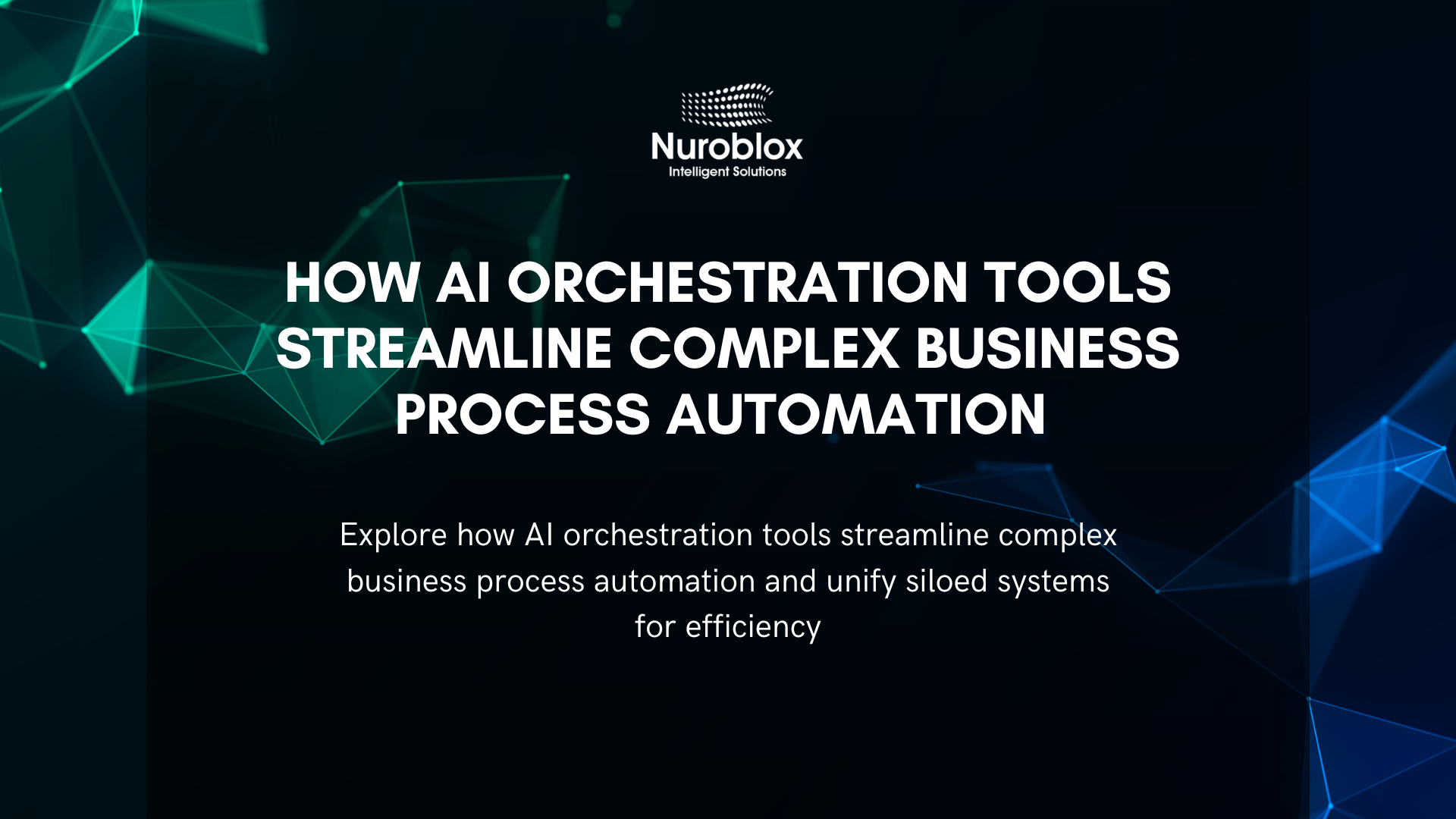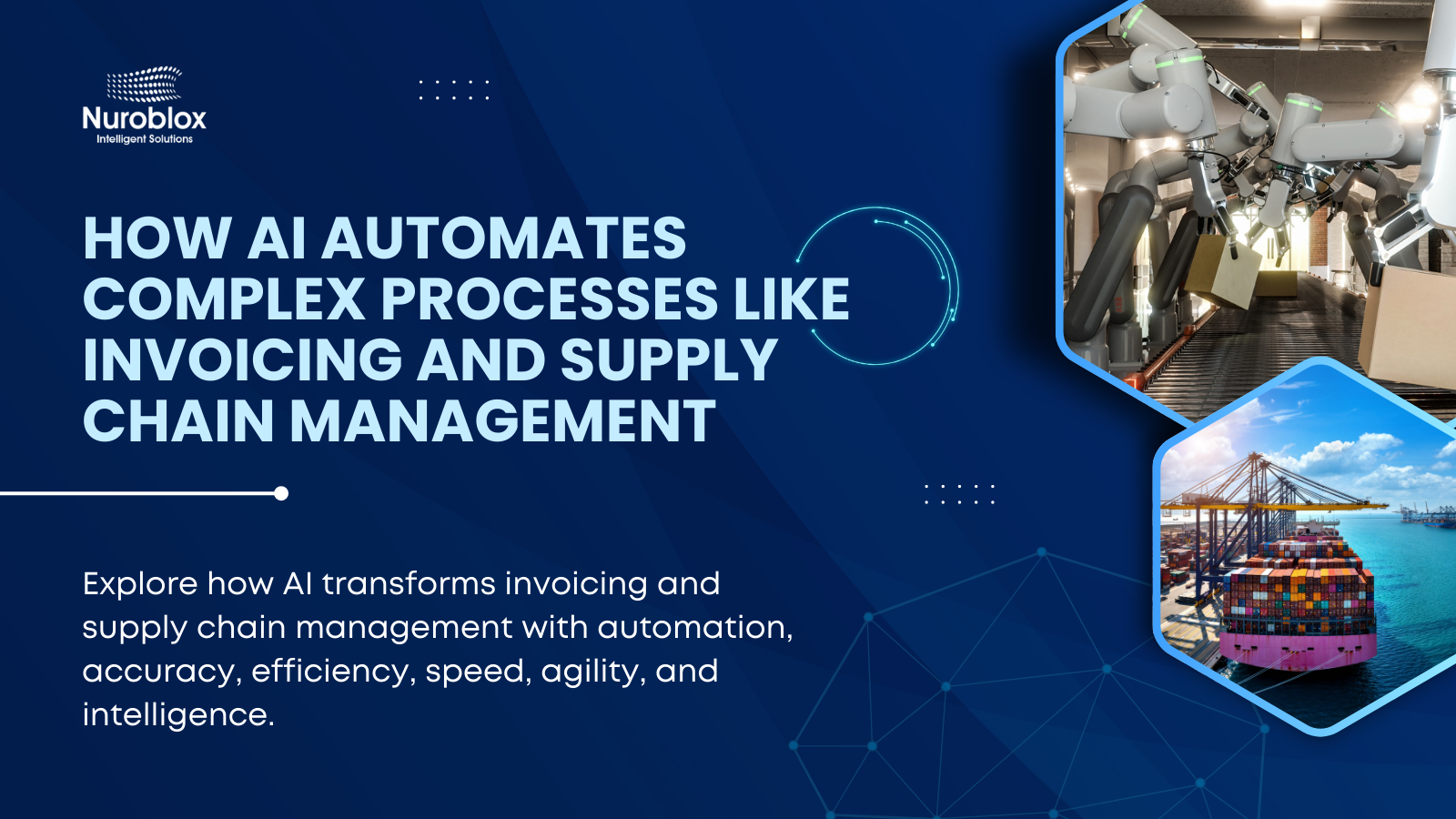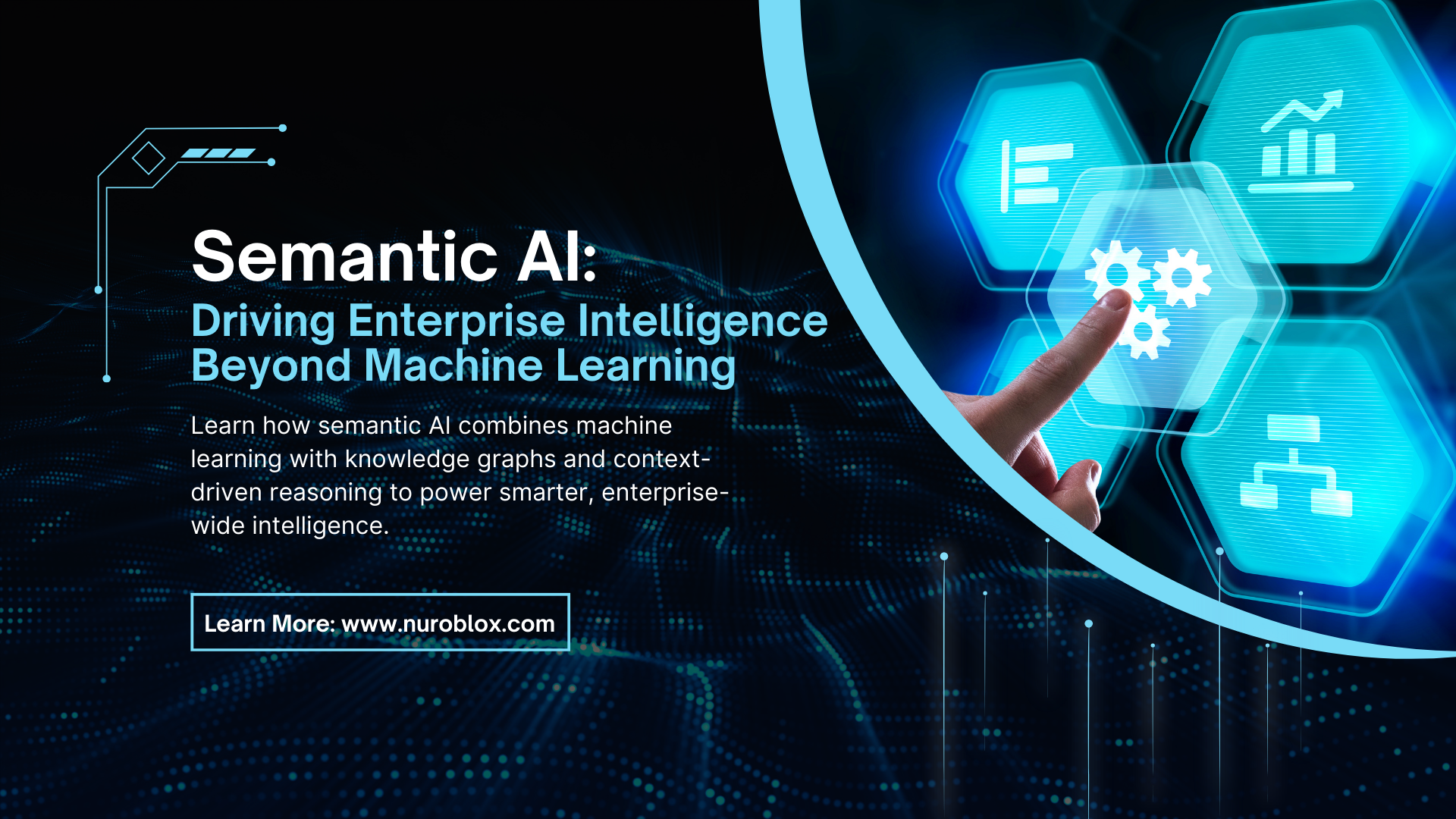Computer vision is a subfield of artificial intelligence that enables computers and machines to understand, analyze, interpret, and extract meaningful information from images and videos. It combines machine learning, deep learning, and image processing techniques to train machines to replicate how humans perceive and process visual information – enabling computers to “see” and make sense of […]
Natural Language Processing (NLP) is a subfield of artificial intelligence that teaches computers to understand, interpret, and generate human language in a meaningful and useful way. It combines computational linguistics, machine learning, and deep learning to bridge the gap between human communication and machine understanding. NLP enables computers to process and analyze large volumes of unstructured […]
A neural network is a computational system inspired by the human brain that learns to perform tasks by analyzing examples. It consists of interconnected nodes called artificial neurons organized in layers that process information and make predictions without explicit programming. Neural networks are a type of machine learning algorithm that mimics the complex functions of the human brain. Instead […]
Deep learning is a subset of machine learning and artificial intelligence that uses artificial neural networks with multiple layers to learn from data and make intelligent decisions. It is a powerful technique that teaches computers to process information in a way that mimics the neural networks of the human brain, enabling machines to perform complex […]
Machine learning (ML) is a subset of artificial intelligence (AI) that enables computer systems to learn from data and make decisions or predictions without being explicitly programmed for every specific task. Unlike traditional rule-based programming, machine learning algorithms identify patterns in training data and apply those learned patterns to make accurate inferences about new, unseen […]
Repetitive tasks are the silent productivity killer within organizations. From data entry to report generation, teams often spend hours every week on manual, rule-based processes that offer little strategic value. According to a McKinsey Global Institute report (2023), nearly half of all work activities have the potential to be automated with current technologies. Yet the […]
Why Enterprises Need AI Orchestration Enterprises face pressure to deliver greater operational efficiency, innovation, and agility. Traditional automation, while helpful, often struggles to handle dynamic workflows that span multiple technologies, vendors, or organizational units. Robotic Process Automation (RPA), Business Process Management (BPM) systems, and machine learning models have scaled automation across various industries, but without […]
The Next Frontier of Logistics Efficiency Global logistics has long faced the dual challenge of increasing delivery efficiency while managing costs. Traditional methods rely heavily on static routing, manual planning, and limited visibility. These practices often create bottlenecks, inefficiencies, and customer dissatisfaction. Enter Artificial Intelligence. AI-powered real-time tracking and route optimization are rapidly reshaping the […]
Artificial Intelligence (AI) has shifted from being an experimental technology to a core driver of enterprise efficiency. Today, businesses struggle with complex, repetitive, and resource-heavy processes such as invoicing and supply chain management. Manual execution not only slows down operations but also introduces errors, compliance risks, and delays in decision-making. AI’s ability to automate these […]
Artificial intelligence has reached a critical juncture. While machine learning (ML) and neural networks have dominated the first wave of enterprise AI adoption, businesses are increasingly realizing that raw statistical models and narrow pattern recognition are not enough to handle complex, context-rich problems. Enter Semantic AI, an approach that integrates machine learning with semantic technologies, […]


